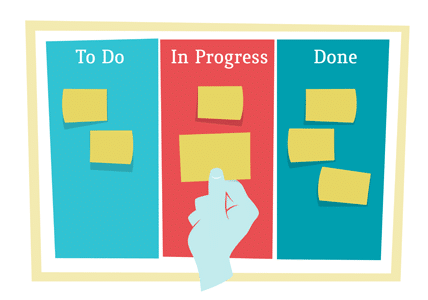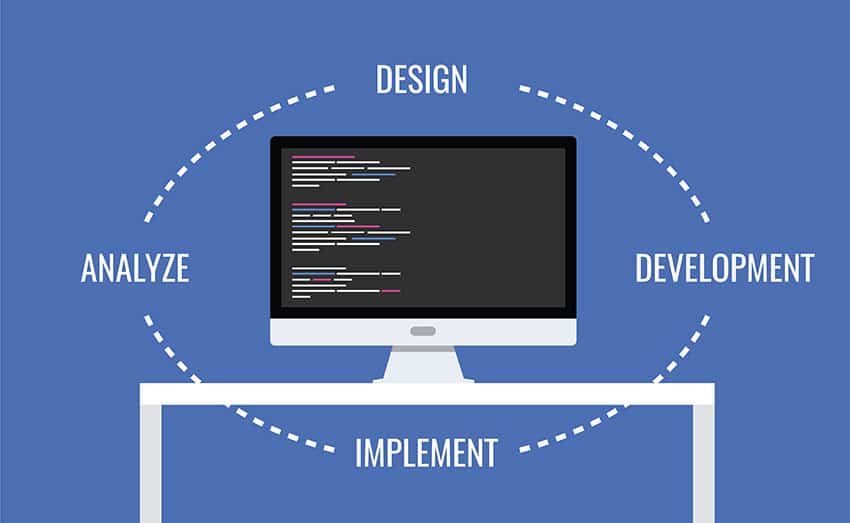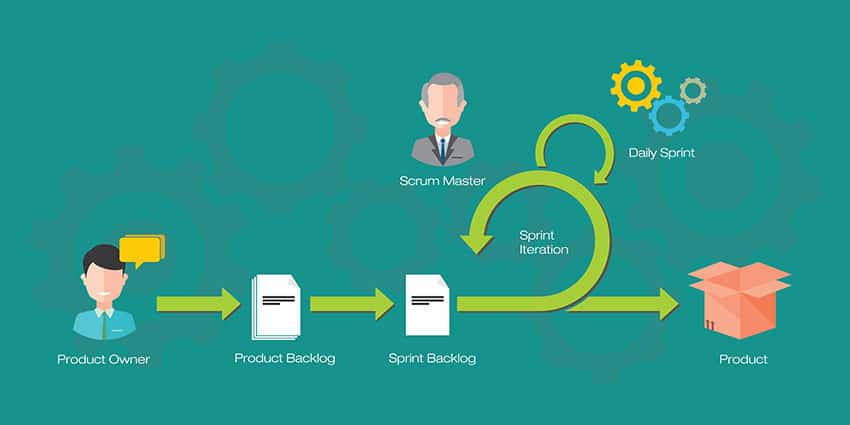Lean leaders spend a fair chunk of time trying to make their company’s processes more efficient. This harkens back to the tenet of lean management of continuous improvement, i.e. constantly evaluating each step in the process to ensure it adds to the value chain.
Finding bottlenecks in a particular workflow and appropriately managing them can help boost your team’s efficiency and lead to a more productive process overall.
But detecting and managing bottlenecks in work processes can be a tricky business. Depending on the project or task, bottlenecks can shift and move around within a workflow.
But what does a bottleneck look like? We need to define this phenomenon before going any further.
What Exactly is a Bottleneck?
Dr. Christoph Roser, a professor specializing in production management and lean principles, offers up a great definition of a process bottleneck. According to Roser, a bottleneck is “the process that constrains the system capacity” at any given time. Alternatively put, it’s the “process that limits (at the moment) the output of the system.”
When working in a static system (one that does not see any variations or fluctuations in a production cycle), it’s fairly easy to identify bottlenecks. Just find the step in the process that has the longest cycle time, and you have your culprit. But when dealing with more complex dynamic systems, bottlenecks shift and move around at any given time during each cycle. Identifying the bottlenecks in these scenarios will likely be more difficult, but all it requires is a closer look. When you run a system using a tool such as a kanban board, lean leaders often get a feel for where bottlenecks commonly occur.
Place Your Buffer
Once you’ve identified where the bottleneck is in your system, you can appropriately situate your buffer.
A buffer ensures your bottleneck doesn’t suddenly run out of work and sits idle for too long. This is important since, as we identified earlier, a bottleneck is already one of the longer steps in your production cycle. We don’t want to feed its cycle time by not having enough tasks on hand to continue moving forward in the process.
Buffering is a method used to ensure production doesn’t reach a standstill and continues to run smoothly. A manufacturing-specific example includes keeping an inventory of raw materials on hand in case of any fluctuations in the production system. Perhaps a vendor didn’t deliver some of your supplies on time. If you didn’t have a buffer of additional materials, production could slow and put a dent in your profit margins.
Placing such a buffer immediately before a bottleneck can ensure the entire workflow continues to run smoothly and keep costs low — as long as it’s implemented correctly. As in the manufacturing example, having extra inventory on hand is a solution to ensure that bottleneck is constantly fed even in cases of production hiccups such as late deliveries. However, having too much excess inventory on hand, it can end up costing more money in the long run. So lean leaders must take care to limit the amount of work or inventory that’s loaded into the buffer zone.






